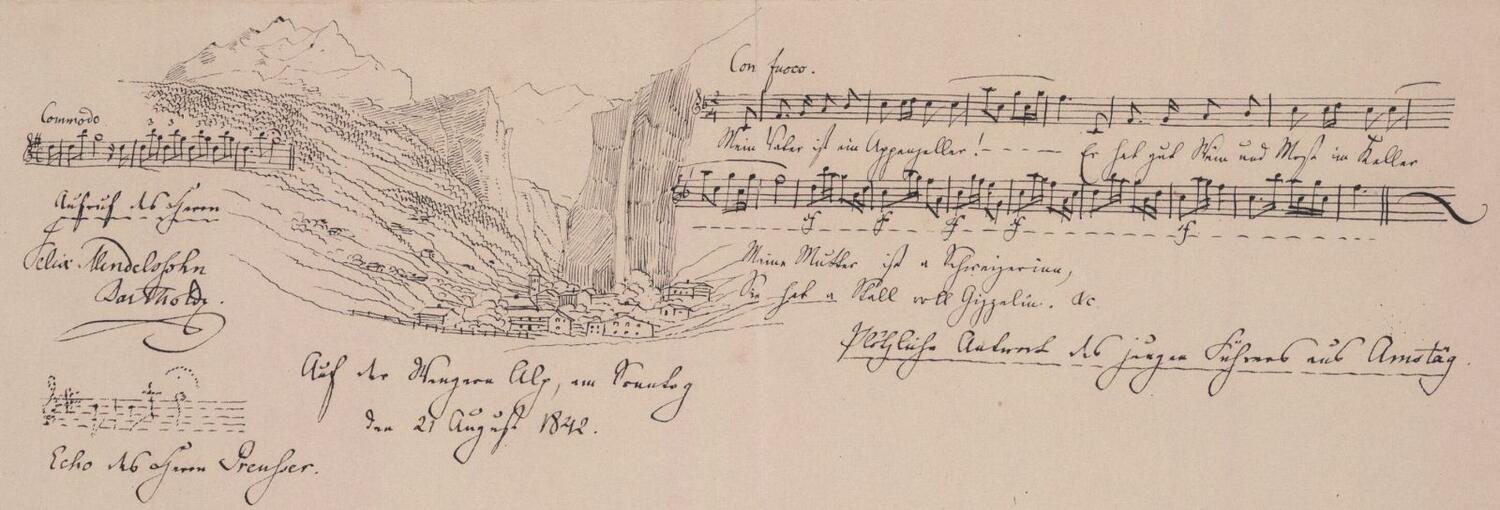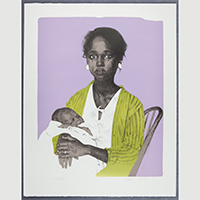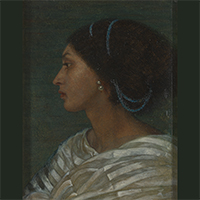Discovery Tools
The search for primary sources often begins with electronic discovery tools. Discovery tools like catalogs and databases can help researchers identify relevant archival collections, as well as microfilm sets and published collections of primary sources. When using these tools, it is important to keep in mind:
-
Some tools are intended to point researchers to appropriate libraries or archives and do not contain the actual primary sources.
-
In many cases, you will need to visit libraries or archives to access materials.
-
In other cases, you may be able to access digitized or born-digital primary sources online or through library subscriptions.
|
Hung Liu. Black Madonna. 2015. Prints and Drawings Collection, Cushing/Whitney Medical Library, Yale University Library. |
Yale University Catalogs and DatabasesThese catalogs and databases are specific to collections found within Yale libraries, museums and archives. These resources point to detailed descriptions of primary sources found in special collections at Yale, including Manuscripts and Archives, the Yale Center for British Art and the Beinecke Library, among many others.
How to find subject-specific research guides: Yale Library, “Find Subject-Specific Research Guides,” YouTube video, May 12, 2020, https://youtu.be/MHmqnVPx0hQ To access the materials in Yale’s special collections, consult the Guide to Using Special Collections at the Yale University Library. Digital Collections at YaleThese resources are typically online exhibits or specially selected portions of a collection from a library, archives, or museum. It is important to recognize that these resources are sometimes only a sliver of the materials from a collection.
Yale Museum CatalogsTo search the Yale University museums’ collections, visit their online catalogs: |
|
 Violin, Italian, 17th century, by Nicolò Amati. Bequest of Mr. Andrew Petryn, The Yale Collection of Musical Instruments, Yale University Library. |
Resources Beyond YaleThere are a number of ways to search for primary materials found at Yale and beyond. Good places to start are WorldCat, ArchiveGrid, or Archive Finder. These resources provide records on billions of books and millions of finding aids.
|
|
|
Joanna Boyce Wells, 1831-1861. Fanny Eaton. 1861. Yale Center for British Art, Paul Mellon Fund. |
Topical and Subject-specific DatabasesIt is increasingly possible to access primary sources online. Many databases contain primary source materials digitized from multiple institutions’ collections and organized around a topic, format, time period, individual, or group. Some examples: How to find databases by subject-area: Yale Library, “Find Database by Subject,” YouTube video, July 30, 2020, https://youtu.be/xaGa9L6F6eY Some databases, like the Internet Archive and the Digital Public Library of America, are free while others require a subscription, such as HathiTrust. If you are unsure if Yale has access to a particular database, contact a librarian. |
|


